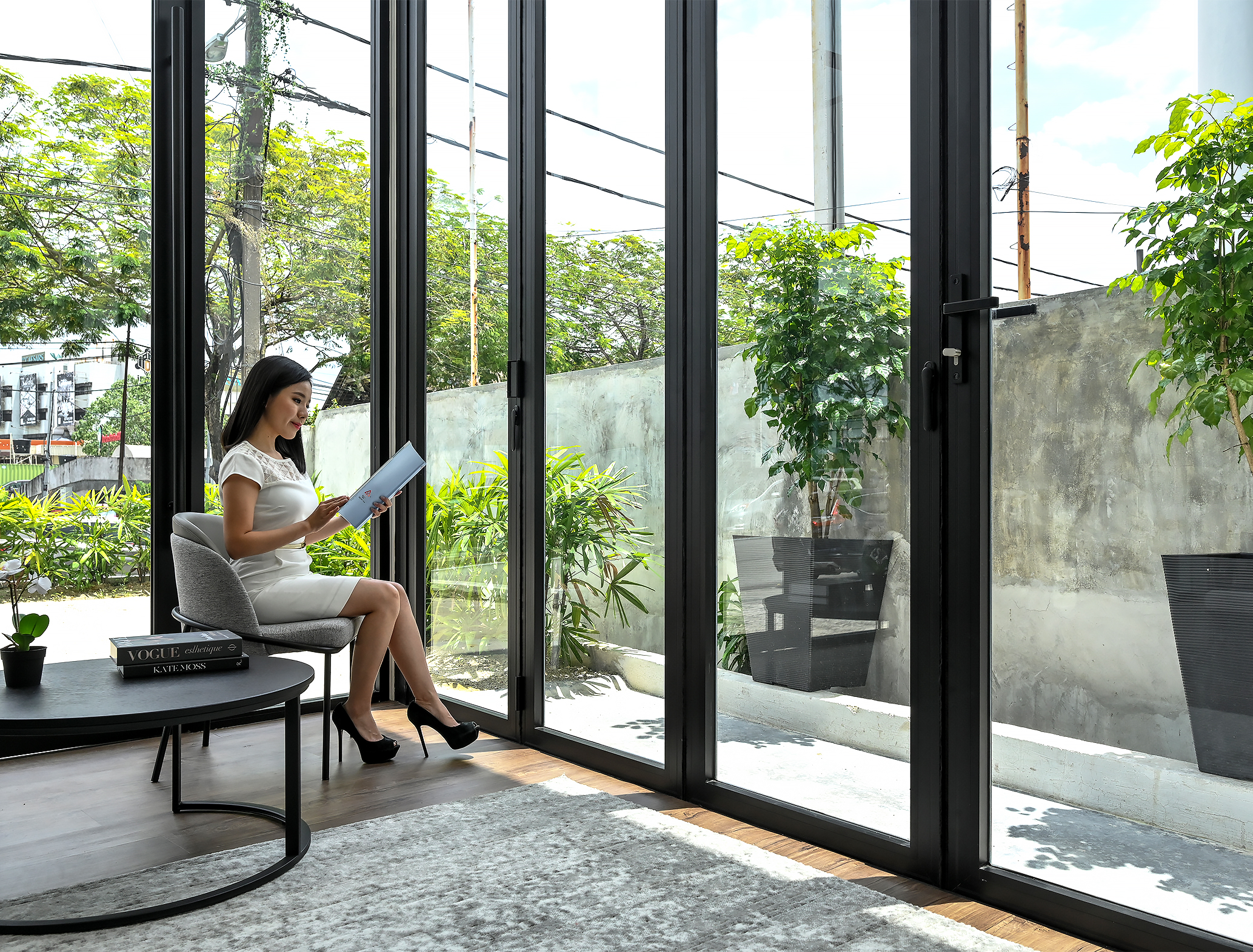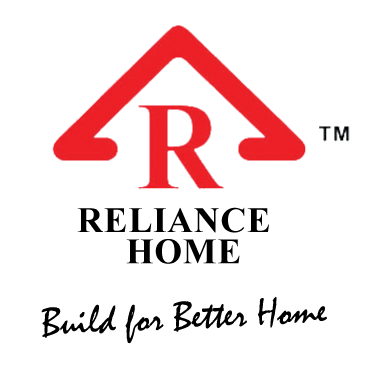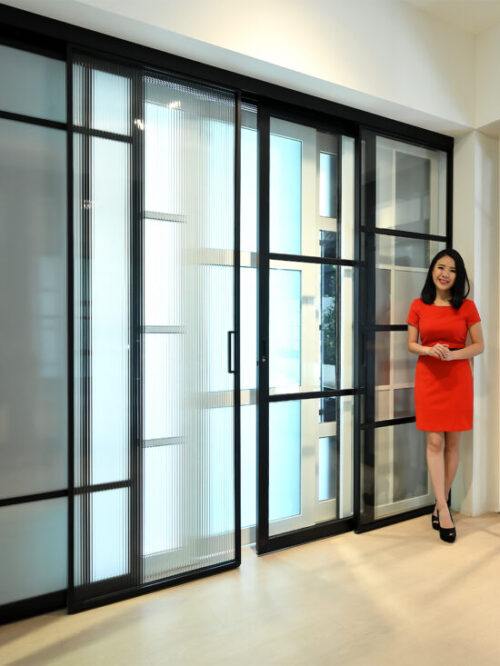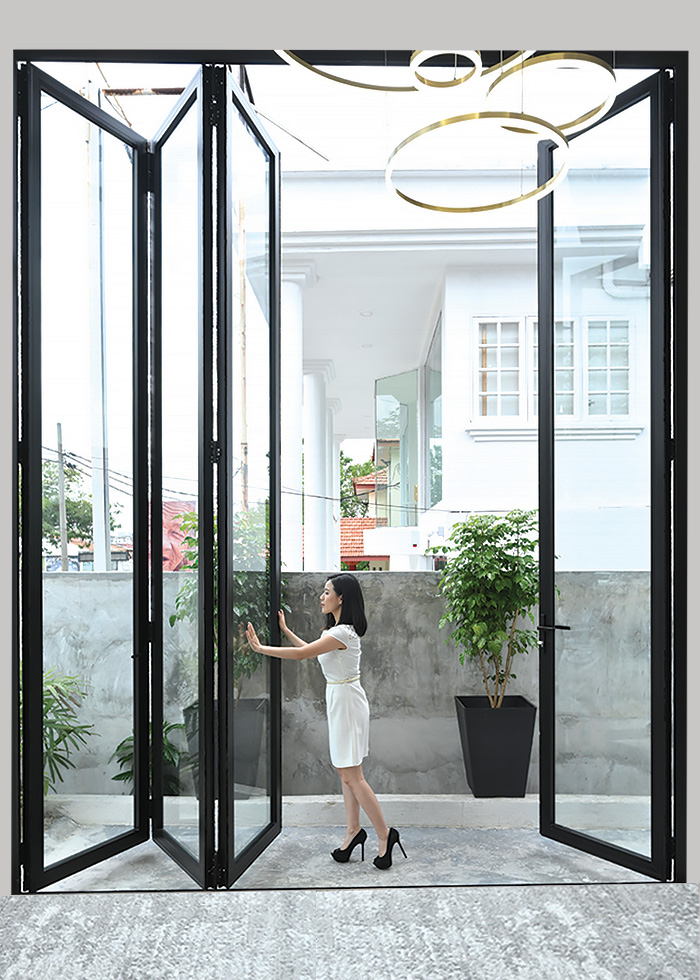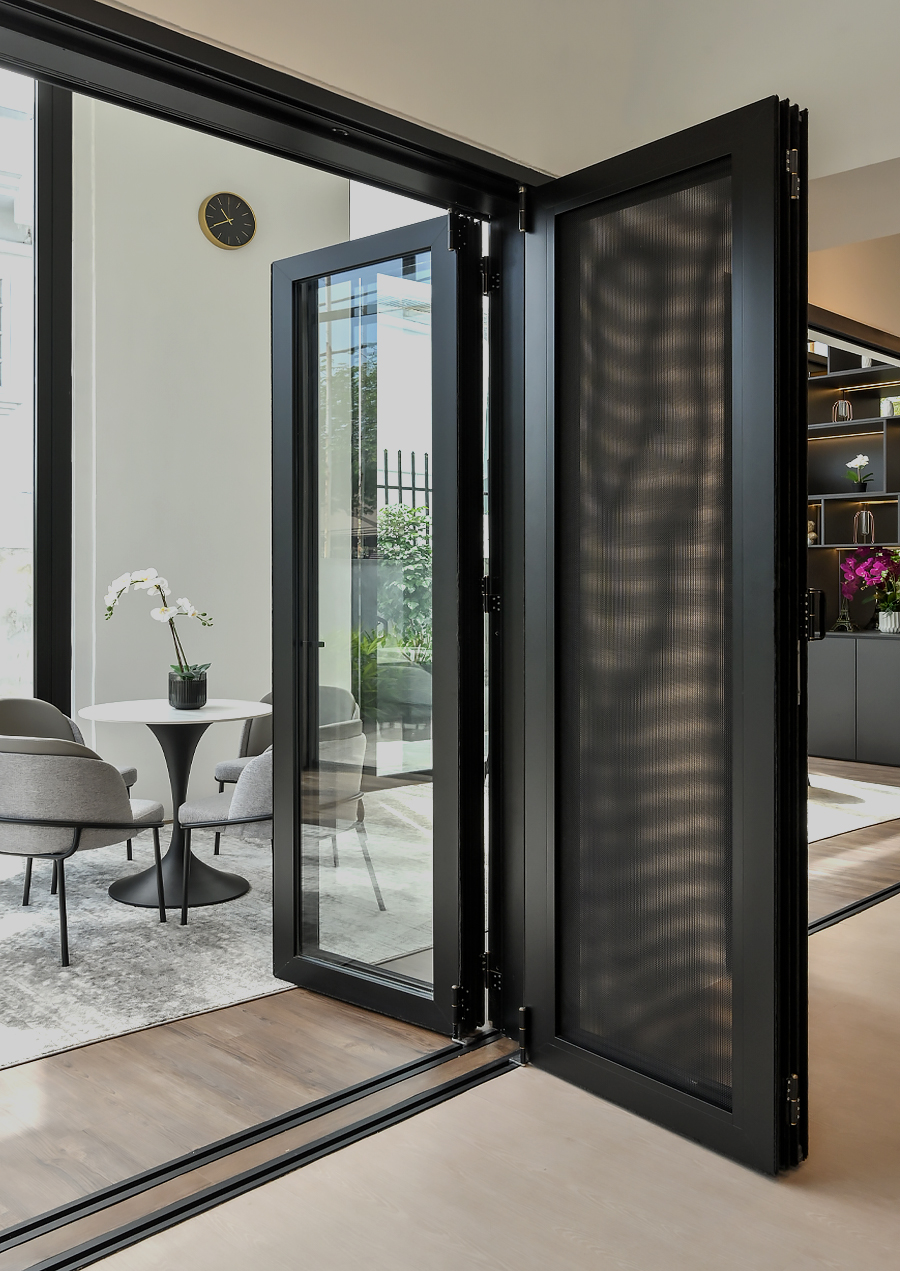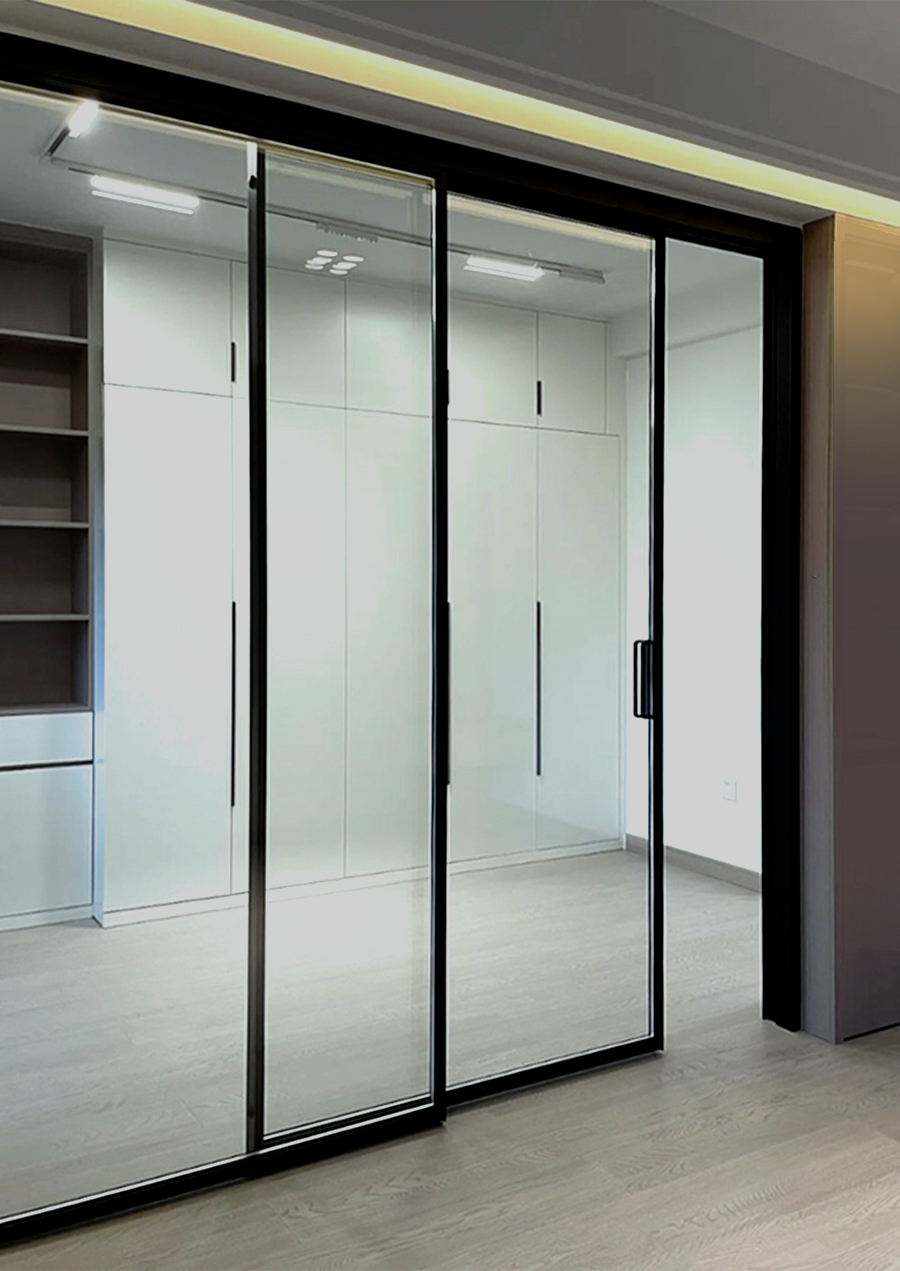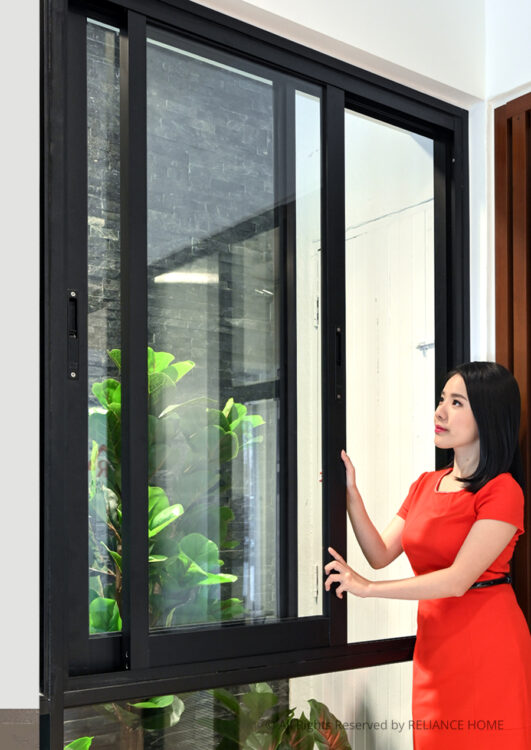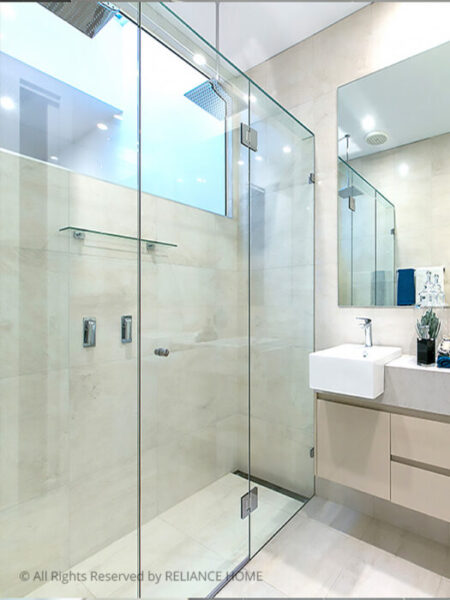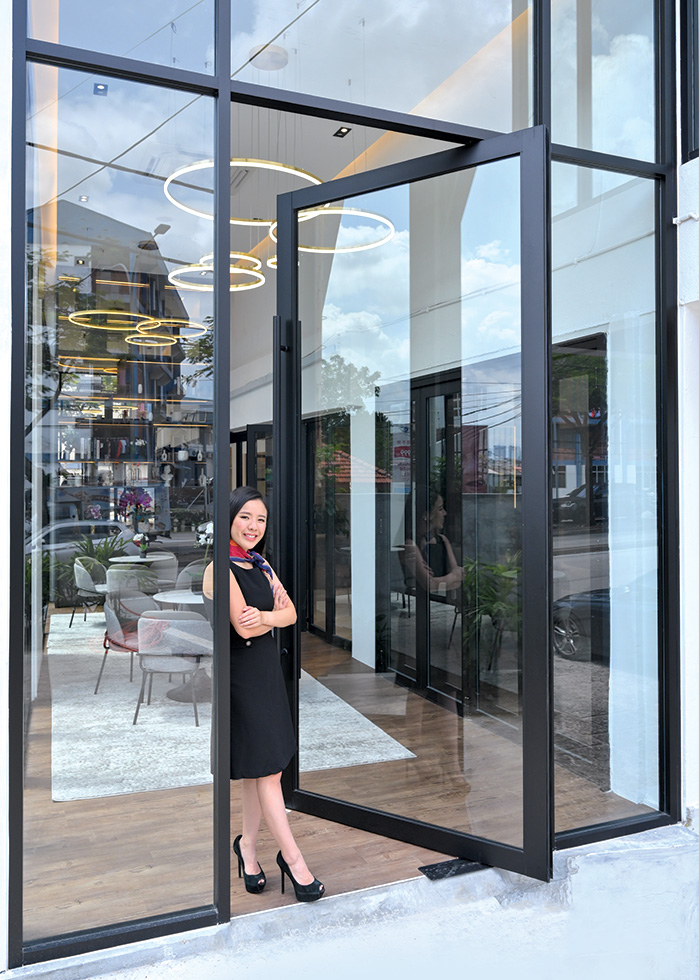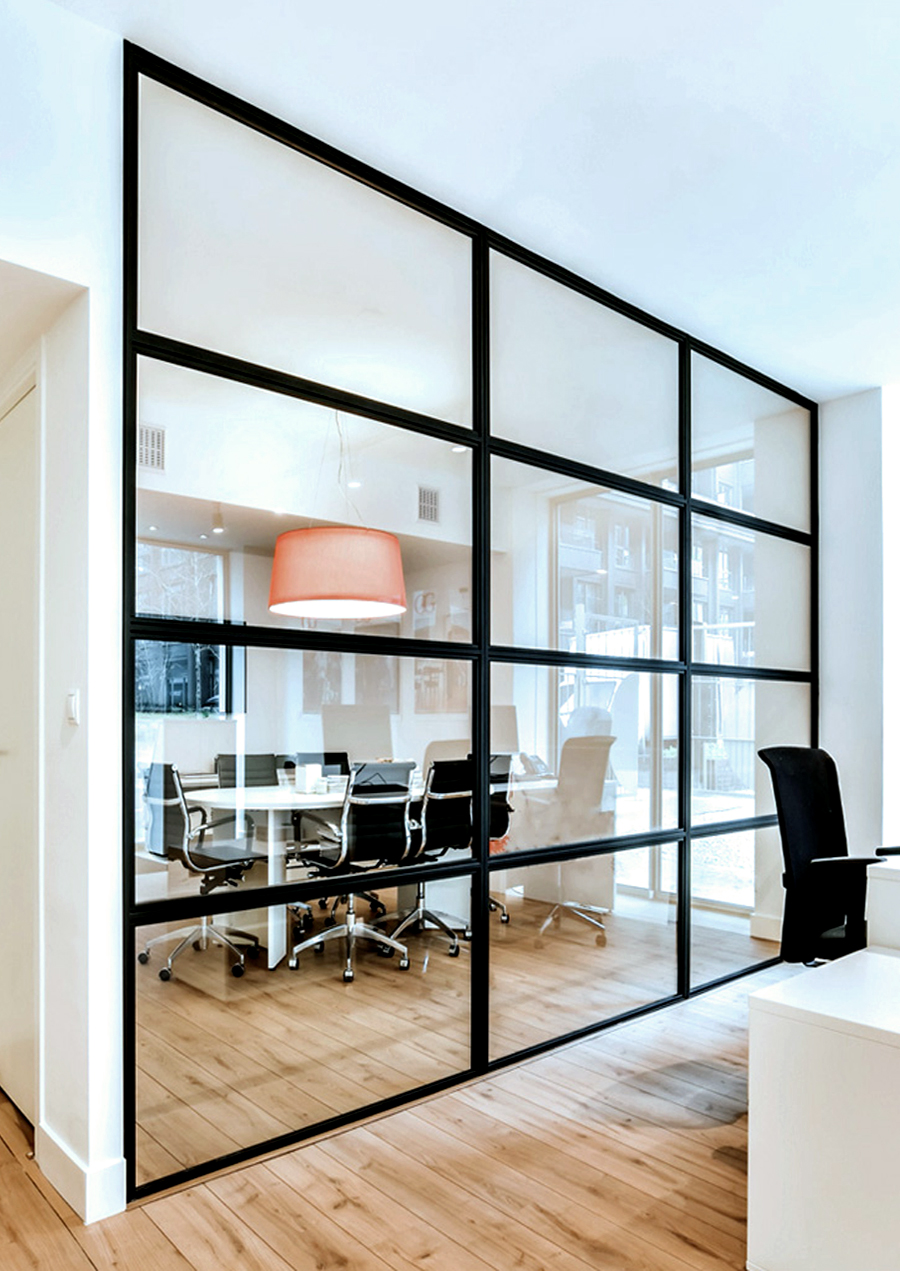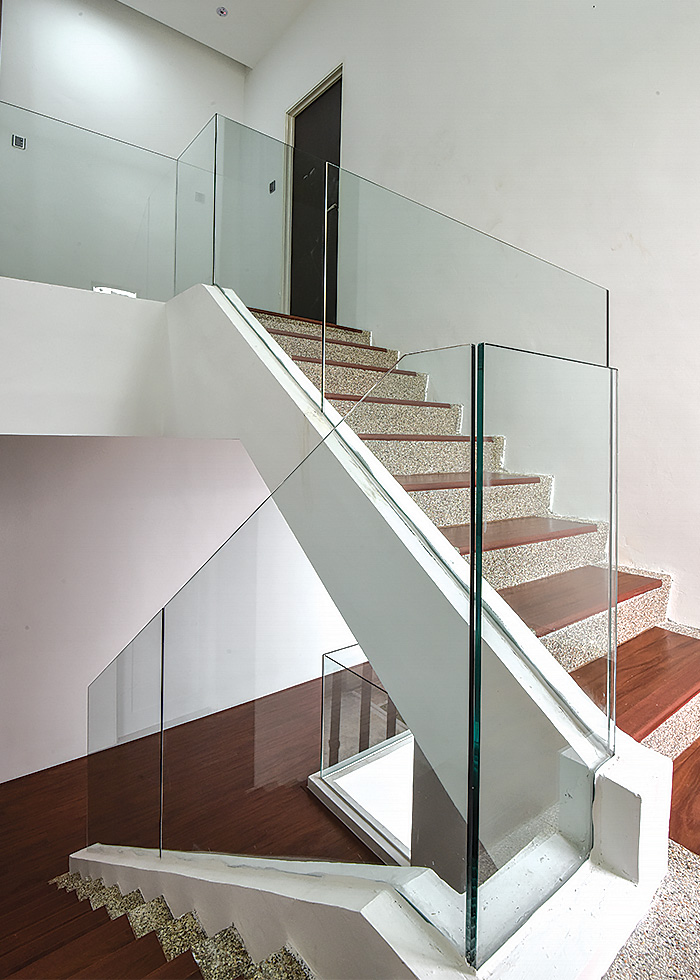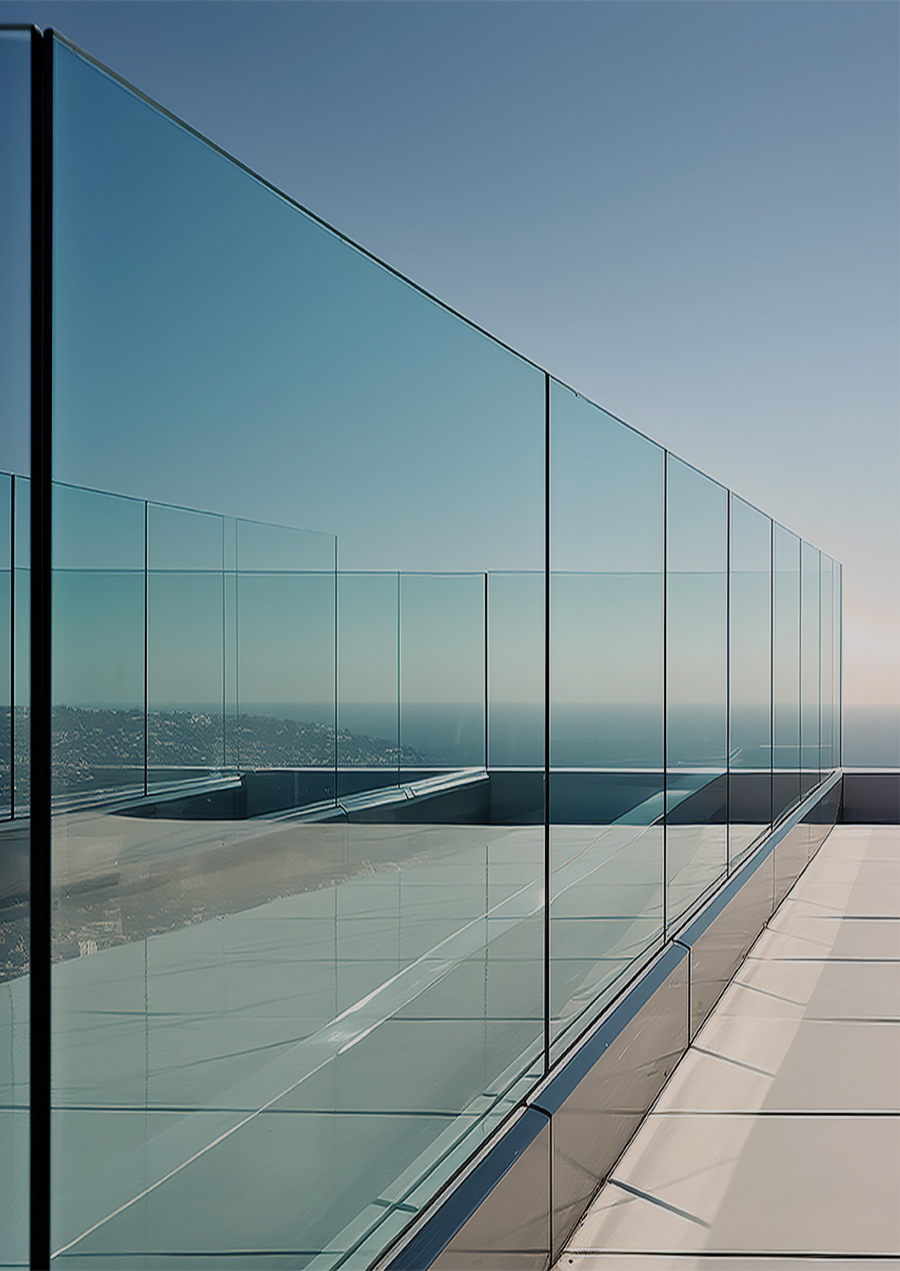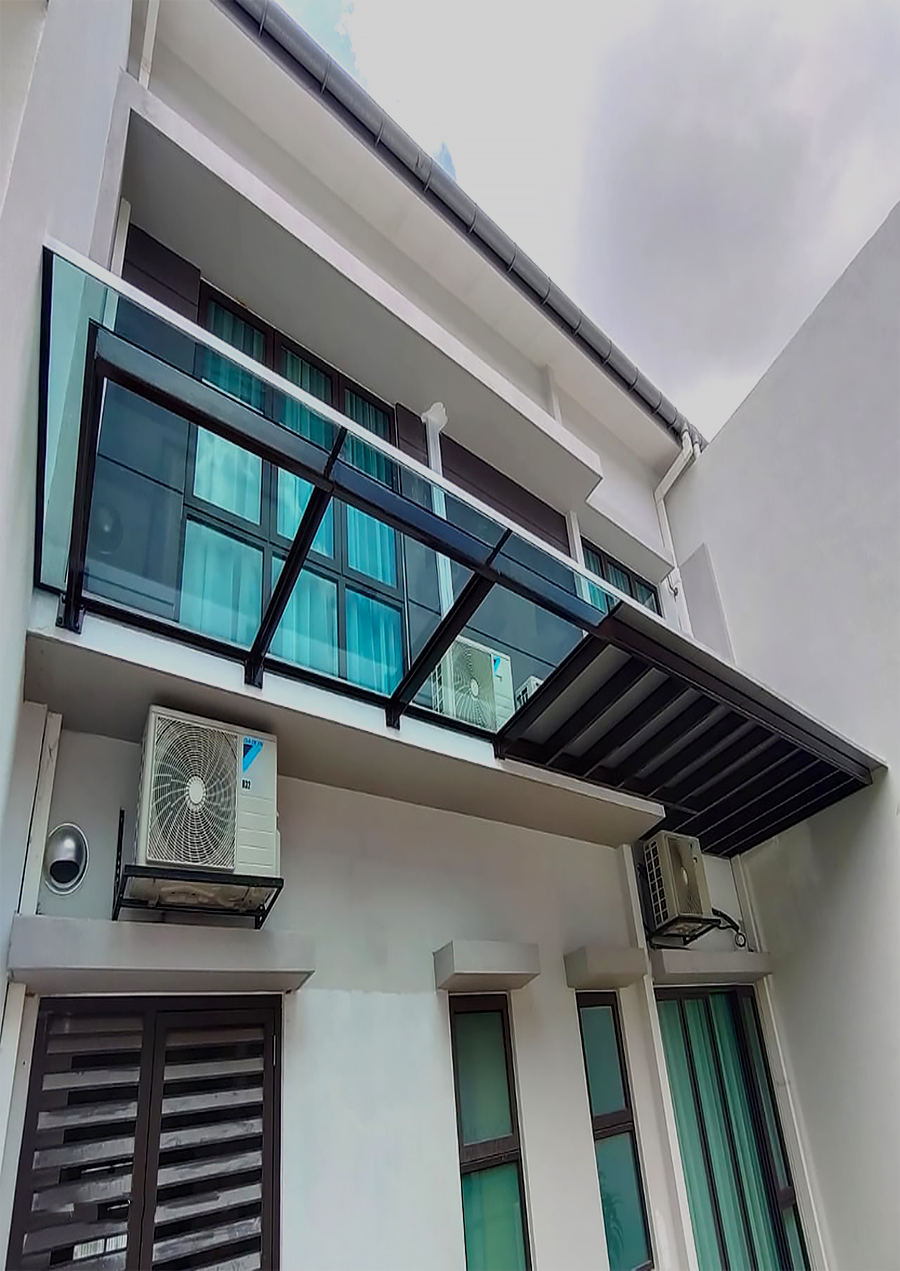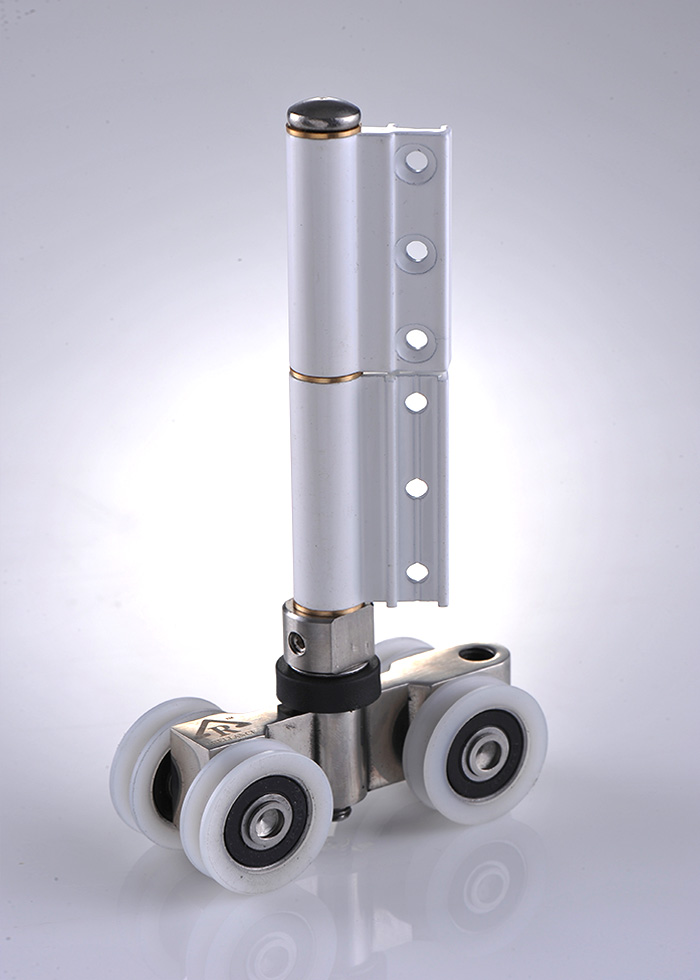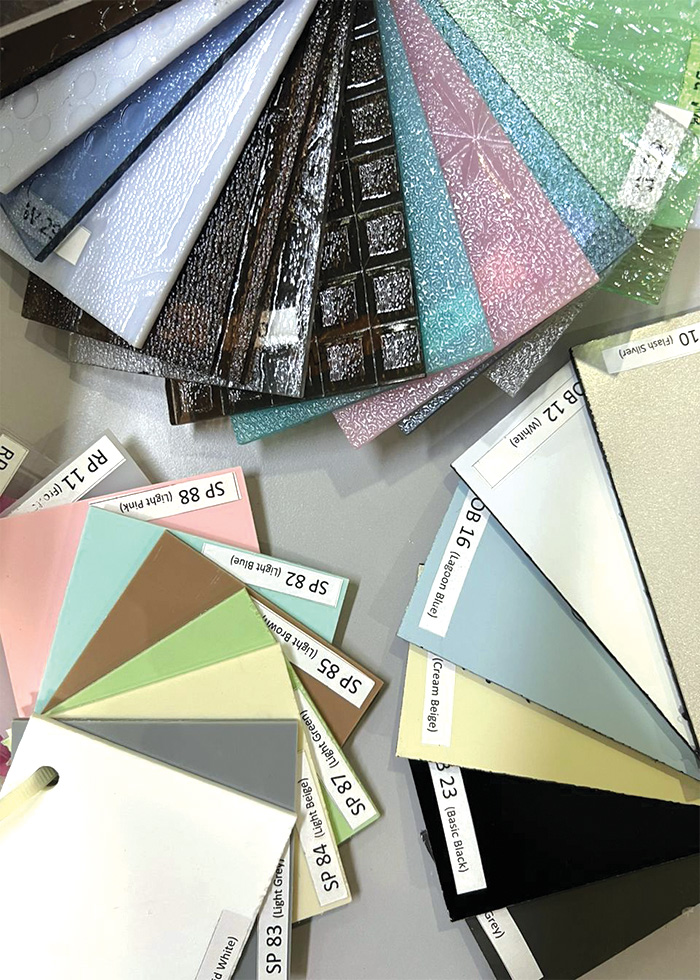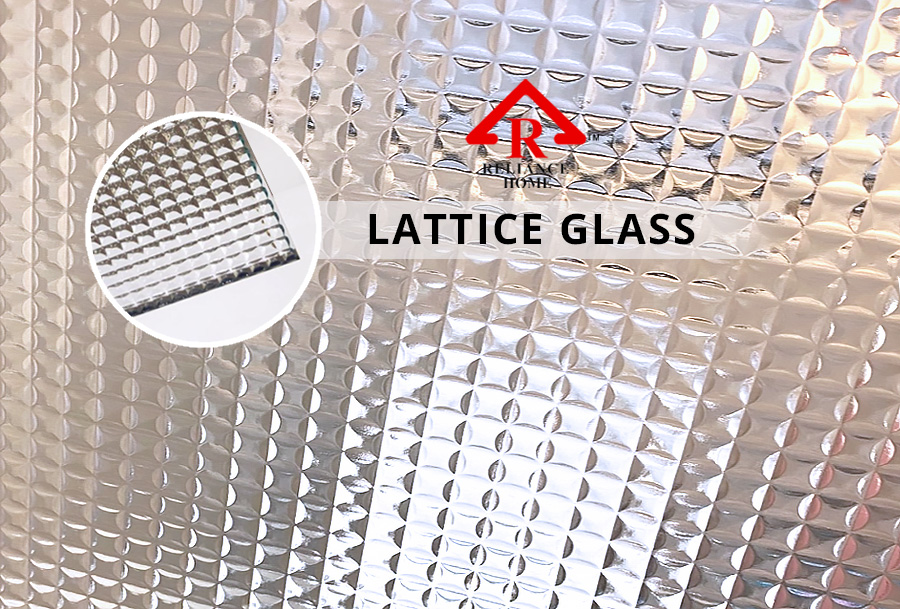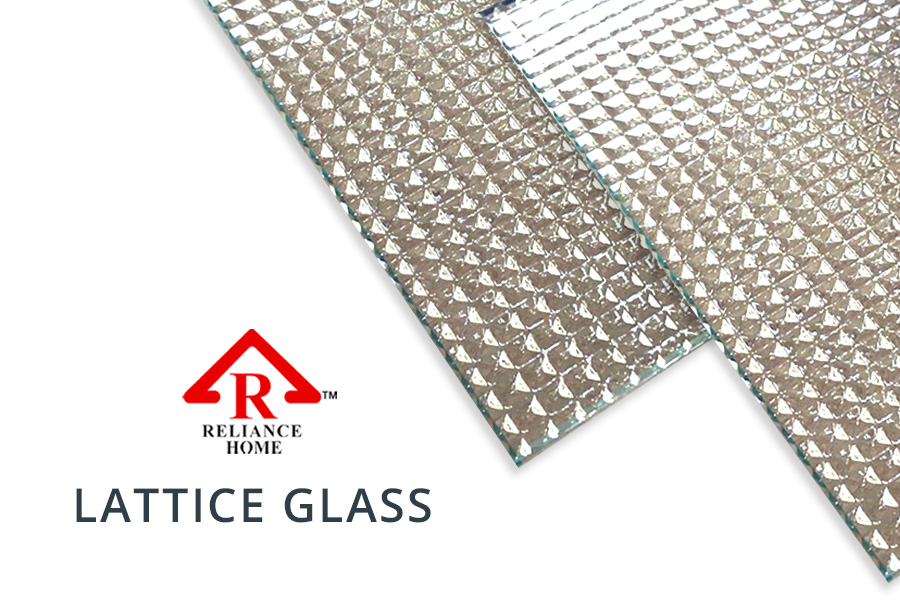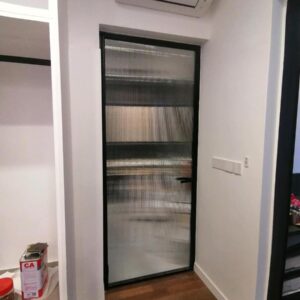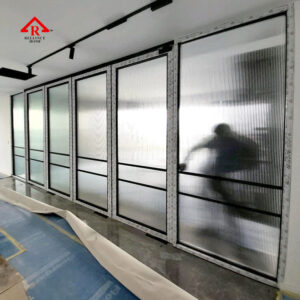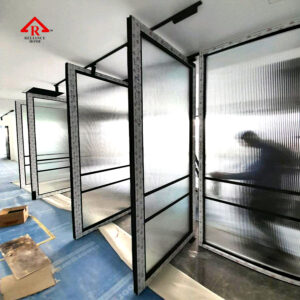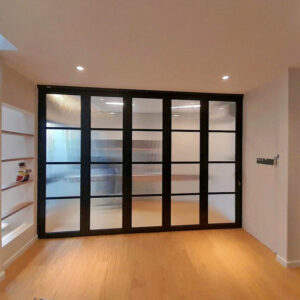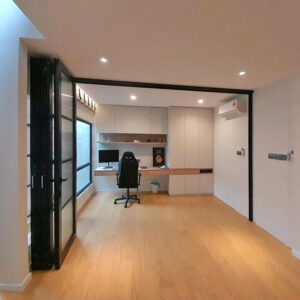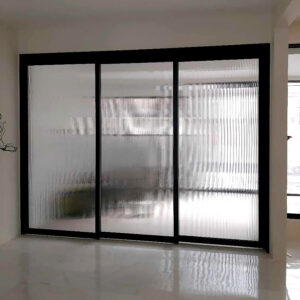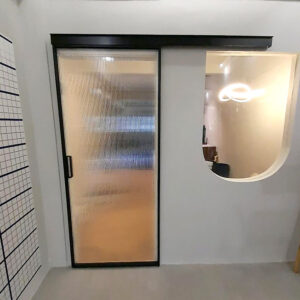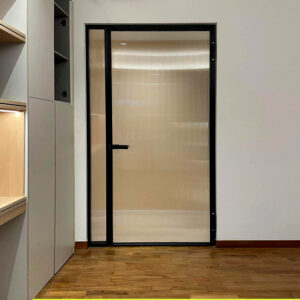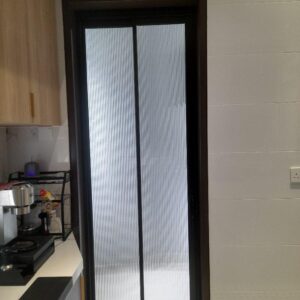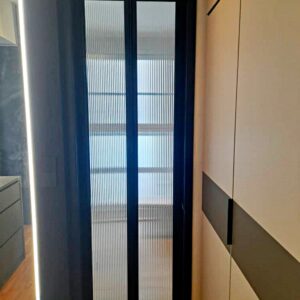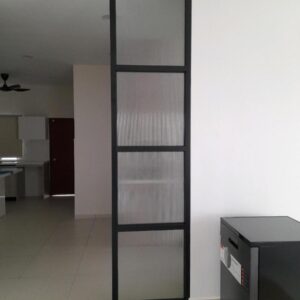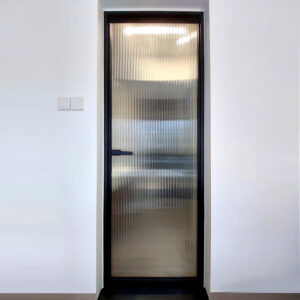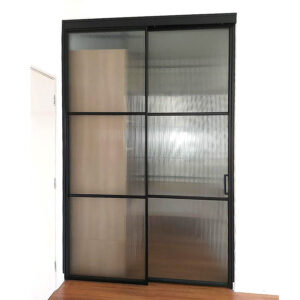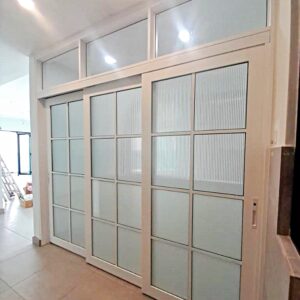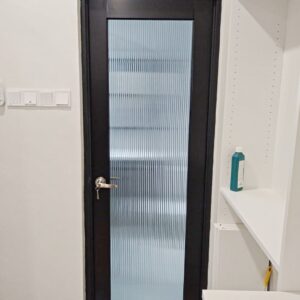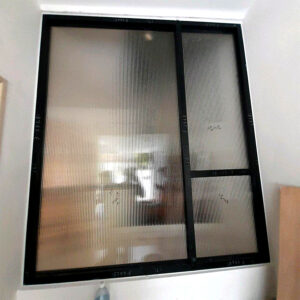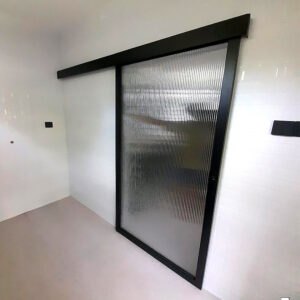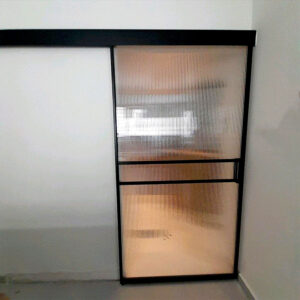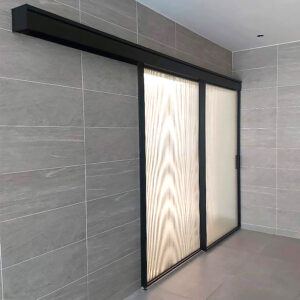Lattice Glass
Lattice glass is a decorative type of glass that incorporates a grid-like or crisscross pattern, typically resembling a lattice framework. This design can be created through various methods such as etching, embossing, or inserting metal or wood grids between panes of glass. Lattice glass is both functional and aesthetic, making it a popular choice in both traditional and contemporary design settings. Below are some key facts about lattice glass:
Key Features:
-
Pattern & Style: Characterized by square or diamond-shaped grid lines; offers a classic, structured look.
-
Applications: Common in windows, doors, cabinets, partitions, and furniture—especially in traditional, farmhouse, or vintage-style interiors.
-
Materials: Can be made with clear, frosted, or tinted glass. Grids may be metal, wood, or etched into the surface.
-
Benefits:
-
Adds architectural detail and visual interest
-
Balances privacy with light transmission
-
Works in both heritage and modern designs
-
-
Variations: Includes internal (sealed between panes) and external (on the surface) lattice designs, with options for colored or stained glass accents.
LATTICE GLASS: COMBINING STRUCTURE WITH STYLE
Lattice glass is an elegant and versatile architectural element that blends decorative structure with functional benefits. Its distinctive grid or crisscross pattern makes it a standout choice for interiors and exteriors seeking visual interest, privacy, and light control.
Lattice Glass: A Design That Frames Light and Space
1. Structured Privacy
Lattice glass incorporates a patterned framework—often in wood, metal, or lead—over or within glass panels. This grid-like structure provides partial visual shielding, making it ideal for doors, sidelights, cabinetry, and room dividers where some degree of privacy is desired without fully blocking light.
2. Visual Interest and Texture
The lattice pattern adds depth and dimension to an otherwise flat glass surface. It draws the eye and becomes a focal point in any room, making it especially popular in craftsman, cottage, farmhouse, and traditional-style interiors.
3. Versatility in Design
Available in various styles—from simple grids to intricate diamond or floral motifs—lattice glass suits a wide range of aesthetic preferences. It can be paired with clear, frosted, or textured glass, offering flexibility for designers and homeowners alike.
4. Light Control and Ambiance
The intersecting lines of the lattice soften and break up incoming light, creating dappled illumination that enhances the mood of a space. It’s commonly used in sunrooms, entryways, or as decorative panels where soft, natural light is desired.
5. Durability and Craftsmanship
When combined with toughened or laminated glass, lattice glass offers both beauty and safety. Whether used in cabinet doors or full-scale architectural windows, it provides structural integrity and enduring charm.
6. Maintenance Considerations
The framework in lattice glass can collect dust and debris, especially in more intricate designs. However, with occasional dusting and gentle cleaning, it remains a low-maintenance, high-impact design element.
Certification
| Accreditation Body | Certificate Number | Standard Description |
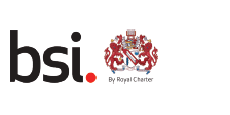 |
BMP 552817 | ASTM C1172-09 Standard Specification for Laminated architectural flat glass. |
 |
AR 2502 | Manufacture of heat treated glass, Laminated Glass, insulated glazing units and ceramic frit coated and heat treated safety glass for various industries such as building, marine, furniture and home appliances as accordance to the standard of ISO9001:2008 quality management system. |
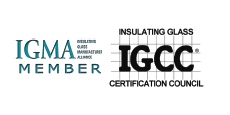 |
2871 | Has met all guidelines and requirements for the IGCC/IGMA certification program. The glass is in compliance with ASTM E2190 for seal durability of insulating glass units and passing gas content initial and after weathering (GCIA) certification requirements. |
 |
MY-AR 2502 | Manufacturer of heat treated glass, laminated safety glass, insulated glazing units and ceramic frit coated and heat treated glass. |
Acoustic:
Reducing the transmission of unwanted sound into a building’s environment.
Solar:
Filtering more than 99 percent of UV rays, controlling visible light radiation & reducing heat build-up & thermal stress. In addition, Saflex interlayers are available in a range of earth-and sky-tone shades, enabling architects to specify Laminated Glass to match industry standard tinted glazing.
Colors:
Interlayers are also avaliable in a range of translucent whites that can be used alone or combined with Saflex standard colors to create a broad array of hurricane performance and aesthetic designs
Security Performance
Overhead and Sloped Glazing Laminated Glass made with Saflex interlayers can help address the special safety requirements presented by sloped and overhead glazing applications. When laminated glazing is impacted, glass fragments tend to adhere to the interlayer, helping to maintain the system’s integrity. Because of these proven retention characteristics, laminated glass made with Saflex protective interlayers meets the performance requirements for sloped and overhead glazing as stated in U.S. and European model building codes.
Designing for Hurricanes
The severe and complex nature of hurricane winds creates special challenges for buildings. When wind-borne debris
breaks glass windows and doors, the building’s protective exterior “envelope” is compromised, allowing strong winds to rush into the structure. These trapped wind forces then exert upward pressure on the roof and outward pressure on exterior walls, and can eventually cause total destruction.
While no single product offers complete protection from hurricanes, typhoons and violent storms, laminated glazing using Saflex protective interlayers can be a critical first line of defense. In properly designed systems,
Laminated Glass effectively withstands these forces to help maintain the critical exterior envelope. If broken by impact from wind-borne debris, the glass fragments bond firmly to the protective interlayer, continuing to safeguard building occupants and contents.
